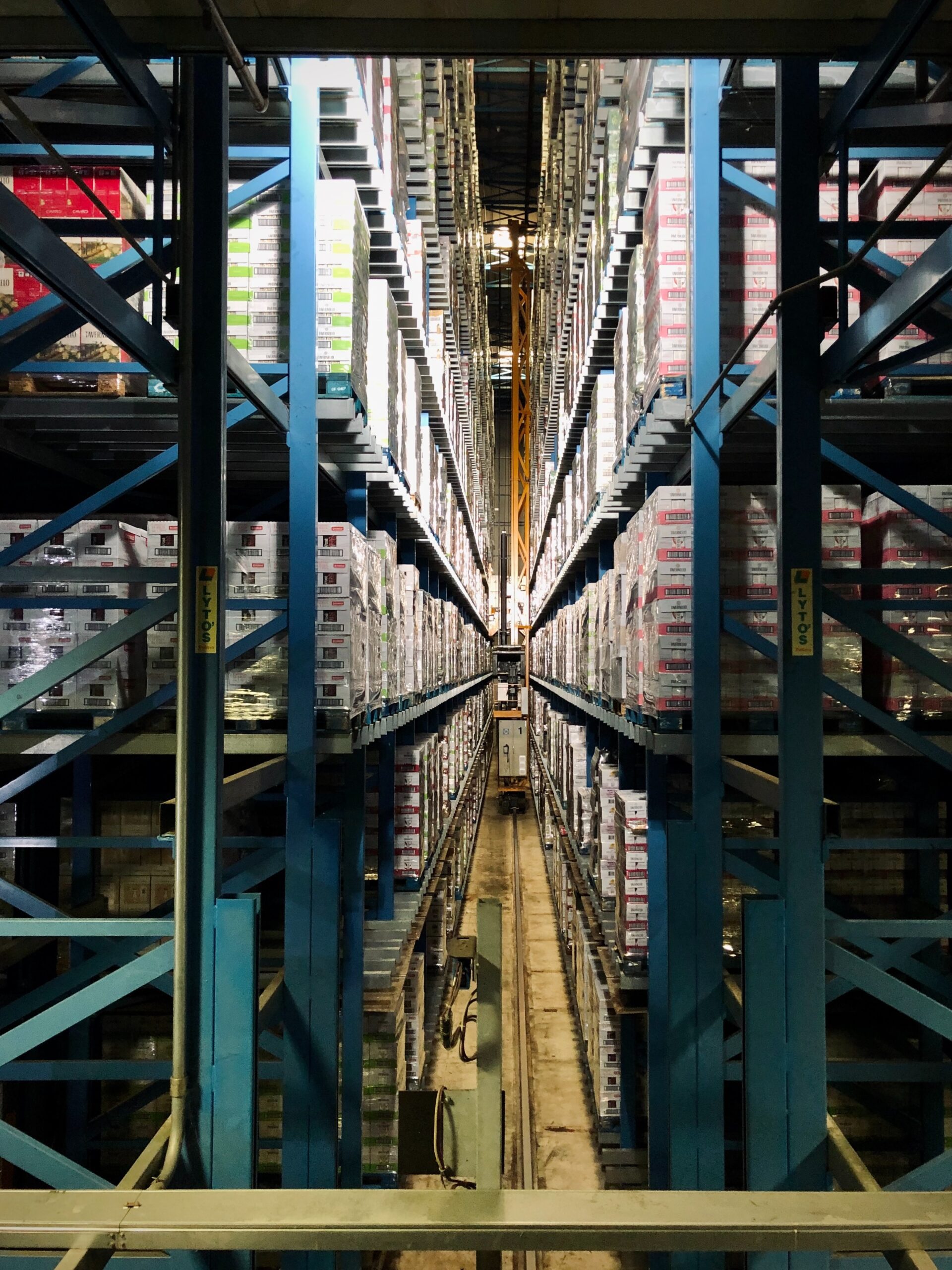An Ongoing Pandemic and Geopolitical Events Present Challenges to Connector Industry
Limited materials access, ongoing labor shortages, and war are squeezing supply chains and affecting electronics manufacturing. We talk to Ron Bishop about the implications for manufacturers, innovators, and the markets that depend on interconnects.

Bishop & Associates has closely monitored the connector industry since 1985. Led by founder Ron Bishop, the market research firm has tracked and reported on the expansion of interconnect products, the emergence of transformative technologies, and the performance and activities of the connector companies behind it all. The first quarter of 2022 began during a peak surge of the Omnicom variant, amid ongoing supply chain challenges. Soon after, Russian forces attacked Ukraine. Next, an earthquake hit Japan. In our interconnected world, Bishop explains, these events and others have a profound impact on the activities of the electronic connector industry and the markets it serves.

Ron Bishop, president and founder of Bishop & Associates
The pandemic isn’t done with us yet. Electronics factories and ports in Shenzhen and other parts of China shut down again due to a new wave of infections. How do you expect this to impact the connector industry?
While these shutdowns have been recent, they already appear to be impacting the industry. From what we understand, five huge factory cities had suspended manufacturing temporarily, also shutting down the operation of public transportation and keeping the main commercial areas under lockdown. Some appear to be back in operation, but just a few days of a shutdown can have a drastic effect on production. The ones that operate in a closed environment (workers live on the campus) have been the least affected.
In addition to production, these new rounds of lockdowns have also affected an already stressed supply chain. Highways into major ports have been closed due to movement restrictions, and workers — including drivers in these affected areas — have been unable to work, causing massive delays at ports in both the loading of containers as well as the unloading.
This has been an issue for more than two years. Have suppliers been able to get factories online in Mexico or other places outside of Asia to help meet demand? What moves towards reshoring have you seen?
The topic of reshoring has been tossed around for well over two years, initially starting with the China-U.S. trade wars and intensifying during the pandemic. Unfortunately, although a lot of companies have talked about reshoring and many, like Samsung and Apple, have even announced they are building factories to support this reshoring effort, many are still in the design phase. In addition to these traditional Asia-based manufacturing companies, others like Schneider Electric and General Electric (engines, batteries, appliances, and light bulbs) have already realigned manufacturing to bring production back to North America. Europe is not immune from the desire to bring manufacturing home, but we also know, from efforts about 10 years ago to double production in Europe, that is it not an easy task. Reshoring is not something that is going to occur overnight, it is going to take many years and extensive support from local and federal governments for it to be implemented.
As for Mexico, although many companies already had factories established in the area, continued Covid outbreaks have created a major bottleneck. In fact, according to Reuters, “Mexico’s manufacturing sector shrank at its fastest pace in 10 months in January, as rising coronavirus infections, ongoing supply bottlenecks, and high levels of inflation battered industrial activity, a survey showed.” Manufacturing production in Mexico did increase in January by 3.76% over January of 2021, based on information from Trading Economics, but still falls well below numbers recorded prior to March of 2020.

How are parts shortages holding back innovation and advancement in our industry — or are the challenges leading to better solutions?
I don’t think it is holding back innovation or advancement in general, it is just holding up mass adoption of these technologies. (See Avnet’s blog on the chip shortage.) Engineers now view availability as a key factor when designing a product in. They are also paying close attention to the software and firmware, which often must be changed if changes in the boards occur. The shortage is also causing engineers to use a broader selection of suppliers to secure inventory, often turning to brokers and non-franchised suppliers, which in turn also increases the chance of the parts being counterfeit and possibly creating quality issues down the road. It is interesting to note that while there are shortages in every market, engineers designing in the automotive, telecom, and consumer markets appear to be encountering greater challenges than some of their colleagues in other market sectors.
How is the war in Ukraine impacting our industry?
Ukraine has fairly low labor rates as well as highly trained labor force. Several companies had moved their automotive cable assembly business to plants there. This (along with the semiconductor shortages) is currently causing problems for European car manufacturers. We have yet to see how it will affect the mil/aero market.
One of Russia’s interests in Ukraine appears to be raw materials (palladium, neon) used in electronics. With that country producing 90% of neon, for example, how will this conflict impact semiconductors, which are already stressed by the pandemic?
The impact on the semiconductor industry, and in turn other market sectors, like the automotive sector, is going to be substantial. This is evident when you consider the fact that according to Reuters, “two Ukrainian companies, Ingas and Cryoin, have halted production [of neon] following the invasion of the country by Russia. Ukraine is a significant supplier of neon and Ingas and Cryoin account for anywhere between 45% and 54% of the world’s total neon output.” Neon is used in a critical step in the production of chips and a shortage of it will increase prices and lead time. Although most chip makers have downplayed the attack on Ukraine in connection with the supply of neon, saying they have ample stock, it remains to be seen just how much the shortage of this and other gases is going to affect the electronic industry. South Korea, home to Samsung, the second-largest contract chip manufacturer, recently removed the 5.5% import tariff on three gases (neon, xenon, and krypton) all vital to chip manufacturing.
Neon is not the only raw material threatened to be in short supply. Palladium, of which Russia supplies approximately one-third of the world’s demand, is used in the manufacturing of sensors, multi-layer ceramic (chip) capacitors, connector contacts, and memory products as well as catalytic converters for automobiles and fuel cells. Tightening of regulations on internal combustion engines have caused automotive manufacturers to embed larger amounts of the metal in the exhaust pipes to neutralize emissions, which has depleted supply over the last decade.
In addition to these two raw materials, the increase in the price of oil, due to not only sanctions brought on by geopolitical events, but also the inability of many producers to return to full capacity due to labor shortages since prior to the pandemic, has also had a drastic effect on the electronic connector industry. Besides naturally increasing the price of shipping the raw materials and completed products, increased oil prices effect the price of many of the prime and engineering grade plastics used in the manufacturing of body and insulator materials used in most connectors, as well as the plastics used to pack the completed products.

We are seeing significant stress in the Automotive market because of all the issues we’ve discussed, plus the recent earthquake in Japan. What strategies are connector suppliers employing to serve their automotive customers?
Not necessarily related directly to the connector industry, but one of the key things to come out of the semiconductor shortage in the automotive industry is the decision to start designing some of the highly desired chips in-house, rather than relying on Asia-Pacific suppliers. There is also a major push to reduce the number of specialized chips by close to 95% on future vehicles.
In the realm of electric vehicles, one of the key outcomes of the last two-plus years is the decision by several automotive manufacturers to develop and manufacture lithium-ion batteries in areas where the vehicles will be manufactured and consumed. A prime example of this is Toyota’s decision to manufacture enough battery packs to electrify over a million electric vehicles yearly in North America.
What changes are suppliers making to their organizational structures, supply chains, etc. to weather these global challenges?
Something they all appear to be doing is trying not to focus too much of their supply chain in one country or region. This will impact China’s position of dominance in electronic product manufacturing.
Many of the connector manufacturers anticipated these struggles and tried to protect themselves by ordering larger than normal supplies of raw materials. This was in direct opposition of the just-in-time, build-to-order pipeline model that most companies had focused on for over the last two decades. This philosophy was passed on to the end customer, as we have seen connector bookings grow at an unprecedented rate. As of February, connector industry backlog sits at 14.7 weeks or over $23 billion. In addition to the stockpiling of raw materials, most connector manufacturers have devoted hours to find acceptable material substitutes, as well as previously mentioned new suppliers.
See what Ron Bishop had to say about the connector industry’s extraordinary 2021 performance in our last conversation.
Subscribers to the Bishop Report, a publication by Bishop & Associates, receive monthly updates on the performance of the connector industry. Learn more here.
Like this article? Check out our other Industry Facts & Figures articles, our articles by Market, and a full listing of our 2021 Articles.
Subscribe to our weekly e-newsletters, follow us on LinkedIn, Twitter, and Facebook, and check out our eBook archives for more applicable, expert-informed connectivity content.
- State of the Industry: 2022-2023 Connector Sales - April 16, 2024
- Amphenol is On a Roll - April 2, 2024
- Nicomatic Proves That Two Heads are Better Than One - March 26, 2024







